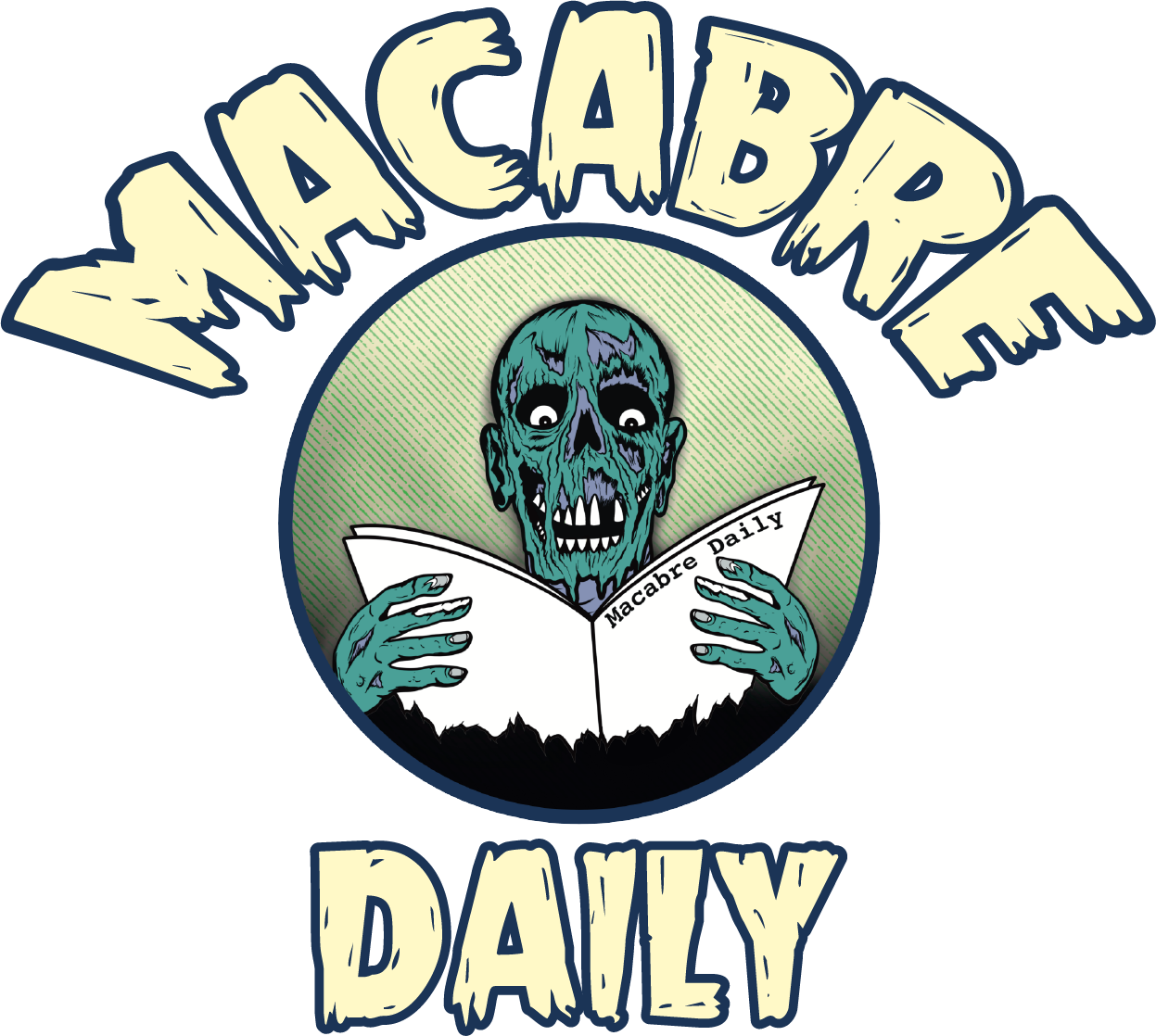Slash-Over Fiction: What if John Carpenter directed THE TEXAS CHAIN SAW MASSACRE?
The best horror films are perfect storms. They’re products of the time they were conceived and by the daring, brilliant minds that made them. Knowing how difficult it is to get any film made, it’s not hard to imagine a single element falling out of place, and thus changing a film’s impact. But let’s imagine. Just for fun.
“Slash-over Fiction” asks what classic horror films would look like if they were directed by DIFFERENT horror directors. It may sound unthinkable, but great minds think alike! Especially in the 1970’s and 80’s when they were looking for work. So how would a director other than Tobe Hooper conceive of Leatherface? How would their legacies change? Join us as we jump down the rabbit hole to ask the questions nobody asked:
What if John Carpenter directed THE TEXAS CHAIN SAW MASSACRE?
The Master himself, John Carpenter.
John Carpenter never directed a western. John Carpenter has also directed only westerns. Not in the traditional sense, but if you squint hard enough, EVERY John Carpenter film is a western. While “The Texas Chain Saw Massacre” doesn’t quite fit the genre descriptor, it’s not that hard to imagine Carpenter bringing a stylized vision to the film as his first foray as a director.
After graduating from USC with an Oscar-winning short, Carpenter heads to Austin, Texas where he befriends local stoner visionaries Kim Henkel and Tobe Hooper. He can’t believe these baritone stoners managed to make their own low-budget feature, titled “Eggshells.” After a night of smoking grass and talking about Howard Hawks, Carpenter decides his first full-length feature will be the duo’s latest script, “Headcheese.” Though he will wonder for the entirety of the shoot why this brilliant metaphor for Vietnam and the destruction of the American family has such a ridiculous title. He’ll also wonder what he got himself into.
Even when he sobers up, Carpenter sees a lot of promise in the script about teens who go on a road trip, only to be terrorized by a cannibalistic family. The finished film follows the same path of the film we know and love, but with a few more “sophistocated” touches. Carpenter conceives the cannibals’ house as a Lovecratfian structure. An unknowable maw of darkness that looks like a normal house on the outside, but it is filled with deep shadows, even in the daylight. Leatherface, the little brother of the family wears a mask made of the stitched-together flesh of his victims. Carpenter sees a different version of the mask: tanned and seamless, like the flesh fused and melted together in the Texas sun. You don’t even realize it’s skin until he’s putting you on a meathook.
At least Carpenter let Gunnar Hansen shower. Occasionally.
He also plans for Sally, the last surviving teen to wrestle the hammer away from Grampa and wield it against the family in order to escape. Carpenter plans to end the film in a single take as the camera dollies out of the house and into the morning light, ending with her on the back of a truck while Leatherface recedes in the background. Cut to black. It’s bold, audacious, and when he starts shooting, it’s apparent how incredibly difficult it will be.
Growing up in Kentucky is one thing. Being able to withstand a Texas summer is another, as Carpenter quickly learns. He knew indie filmmaking would be tough but not THIS tough. Everywhere they shoot is hotter than hell and getting hotter by the hour. Why did Hooper insist on making the house so disgusting? If only USC taught him to prepare for several crew members vomiting at least once a day. Or how to handle the shady financial backer who wants his girlfriend cast as Sally. Or how to deal with Tobe Hooper. The producer and co-writer micromanages every little thing. Always looking over Carpenter’s shoulder, Dr. Pepper in one hand, roach clip in the other. Carpenter doesn’t want to admit some of his ideas are actually very smart, but he has something to prove.
Tobe Hooper giving input
Since the steadicam wasn’t invented until 1975, the dolly shots he planned as single takes are broken up in sections. It’s disappointing, but critics will later say it adds to the film’s jagged realism. Carpenter has no time to perfect some of his shots, and throughout his life, will proclaim he can’t watch the film without seeing its flaws. By the time Henkel and Hooper change the title to “The Texas Chain Saw Massacre,” Carpenter is so focused on post-production, it barely registers as he staves off burnout. After finishing the edit, he wonders if he should abandon filmmaking altogether for a career as a musician.
“The Texas Chain Saw Massacre” is a massive hit, and one of the most influential horror films ever made. Carpenter realizes his directing career is solidified, despite persistent rumors that Tobe Hooper was the “real” director and that Carpenter was just a novice carpetbagger who literally couldn’t handle the heat. Nevertheless, Carpenter later accepts a gig writing and directing another low-budget film about a mysterious man stalking babysitters. He’s not paid much, but the fact that he only has to go as far as downtown Pasadena, California to make his “Psycho” homage is enough. The rest is history…
Stay tuned next for the next entry of Slash-over Fiction: What if Tobe Hooper directed “Halloween?”
Stay up to date with “The Dark Side Of Pop Culture” by following MacabreDaily on Instagram, Facebook, and Twitter.














